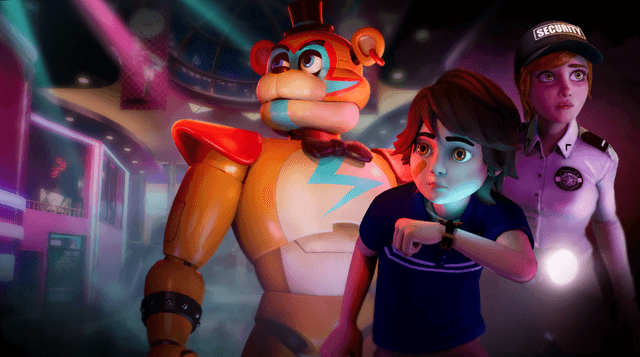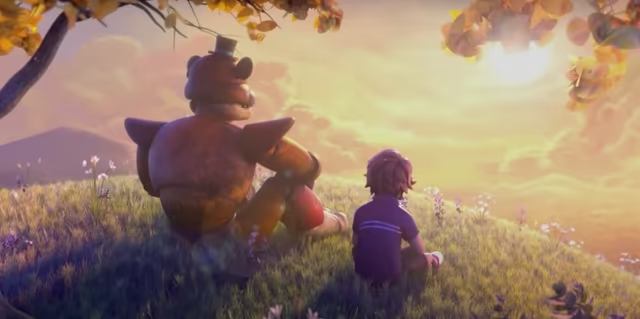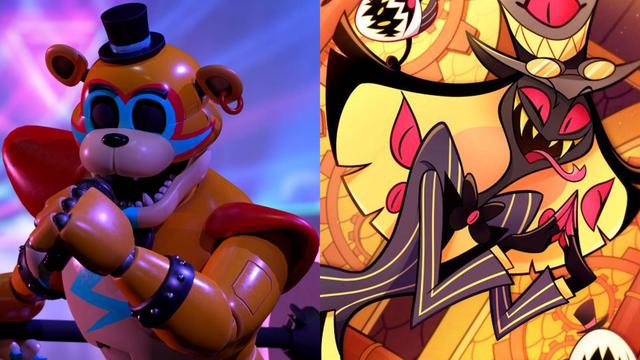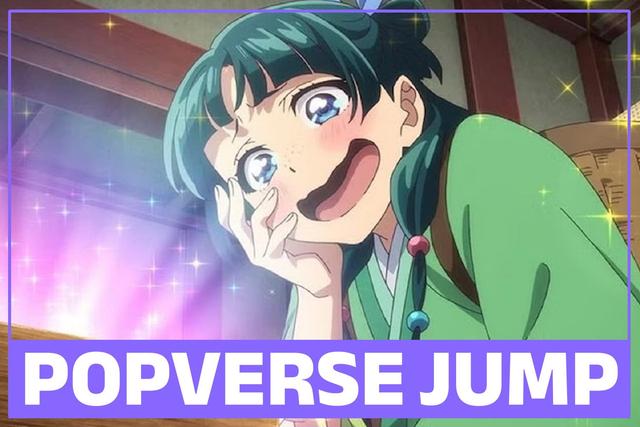If you click on a link and make a purchase we may receive a small commission. Read our editorial policy.
The secrets and surprises of Shuna’s Journey, Miyazaki’s rediscovered classic
Whether or not Shuna’s Journey is manga, it’s a haunting experience.

A new Hayao Miyazaki manga is a stop-the-presses event, even when it isn't entirely new, or maybe even entirely a manga. Miyazaki's breathtaking fantasy Shuna's Journey was first published in Japan in 1983 but has never been available in English. Now it's out from publisher First Second in a lovingly produced full-color edition with a translation from Alex Dudok de Wit.
As more or less anyone who's ever seen an anime knows, Miyazaki is one of the legends of Japanese animation. A co-founder of Studio Ghibli, he's renowned as the director of such films as My Neighbor Totoro, Princess Mononoke, Spirited Away, and the upcoming How Do You Live? But every once in a while, he draws manga as well.
Shuna's Journey was begun at around the same time as Miyazaki's longest and most ambitious manga, Nausicaä of the Valley of the Wind, which he adapted into an animated film in 1984. Miyazaki was also interested in filming Shuna but was unable to get enough support for the story, so he drew it as a one-volume graphic novel instead.

What's Shuna's Journey about?
Shuna's Journey takes its inspiration from a Tibetan folktale called “The Prince Who Became a Dog,” but the characters and plot are Miyazaki’s own. The story opens in a small kingdom struggling through a famine. The young ruler, Prince Shuna, learns from a traveler about a fabled “golden grain” that could feed his people. Ignoring the warnings of the elders, he sets out in search of it, only to find that the outside world is even harsher than his rugged farming community.
Shuna crosses desert wastelands pocked by ancient ruins, fights raiders and cannibals, explores cities overrun with crime and corruption, and encounters cruelty and suspicion everywhere he goes. He rescues two sisters from a slave caravan, bringing the wrath of the slave traders on them. After a narrow escape, he descends into the bizarre Land of the God-Folk, a dreamlike realm which may actually be the site of abandoned advanced technology from a forgotten past. When Shuna returns to the land of the living, his experiences have broken him, and he has to rely on the sisters he rescued to help him rejoin humanity.
Miyazaki connections in Shuna's Journey

Fans of Nausicaä will notice a familiar vibe to Shuna's Journey. Both stories are about a courageous young ruler questing in a world where humans eke out survival under ongoing ecological disaster. In both stories, the setting may be fantasy, or it may be an SF vision of our own post-apocalyptic future, as suggested by the discovery of ancient technology left over from a long-gone civilization. In addition to sharing elements with Nausicaä, Shuna may remind fans of Miyazaki's 1997 film Princess Mononoke. Prince Shuna looks a lot like Prince Ashitaka, the male protagonist of Princess Mononoke, and both ride antelope-like mounts (described as “red elk” in Princess Mononoke).
In all three stories, Miyazaki remixes some of his favorite themes: environmental destruction, humanity's relationship with nature, and the importance of individual courage and kindness in an uncaring world. Shuna's Journey is less morally complicated than much of Miyazaki's later work. There are clear good guys and bad guys (the cannibal women who lure lost travelers into their desert home and eat them: bad) and a hero with a simple, relatable goal. Both Mononoke and the second half of Nausicaä question this kind of simplicity: in those stories, there are no clear villains, living in harmony with nature isn’t easy, and the protagonists aren't always sure about the right thing to do. (The first half of Nausicaä, the plot of which is covered in the movie, is similar to Shuna in tone—but read the entire manga to see the story and characters veer into much thornier territory).
The complexity of Shuna isn't in the story, but in the protagonist and the world he has to navigate. We don't learn more about Shuna's experiences than he himself understands, which means that many things remain unexplained. The Land of the God-Folk is so baffling it breaks his mind, but he's only slightly less bewildered by human communities overtaken by violence, slavery, and greed. Growing up in a poor but mutually supportive kingdom, he has his emotional strength slowly chipped away as he deals with people and places that lack the kindness he was raised with. Shuna's Journey ends with an optimistic message about the power of individuals, but only after sending the hero and the reader through dark, despairing territory.
But is Shuna's Journey manga?

Shuna's Journey is usually described as a manga, but it's a little different from a typical manga. Instead of a standard comic-book format with word balloons, it consists of illustrations with text captions, creating an effect halfway between a graphic novel and a picture book. Unlike most manga, it's in full color, so readers are treated to page after page of Miyazaki's rich watercolor art.
The hybrid format adds another level to the fantasy worldbuilding. We're not reading an ordinary adventure manga, but some kind of picture-story from an alternate civilization. The effect is distancing at first, but it's easy to get drawn into Shuna's quest and the world he explores.
It seems like Miyazaki has never made a bad drawing (in reality, as a merciless perfectionist, he probably threw them all out and went back to the drawing board), and Shuna, despite being one of his earlier works, is stunning to look at. The format allows Miyazaki to draw large illustrations and lavish detail and color on each one. Pages are crammed with fascinating, unexplained touches: elaborately patterned clothing, imaginative murals and tapestries, vast ancient ruins, strange plants and animals. It feels like Shuna's world extends far past the borders of the page.
Whether or not Shuna’s Journey is manga, it’s a haunting experience.
Shuna's Journey is now available for purchase from Amazon, Barnes & Noble, and Bookshop.org.
How Hayao Miyazaki and Studio Ghibli influences Clementine author Tillie Walden's comics
Follow Popverse for upcoming event coverage and news
Find out how we conduct our review by reading our review policy
Let Popverse be your tour guide through the wilderness of pop culture
Sign in and let us help you find your new favorite thing.
















Comments
Want to join the discussion? Please activate your account first.
Visit Reedpop ID if you need to resend the confirmation email.